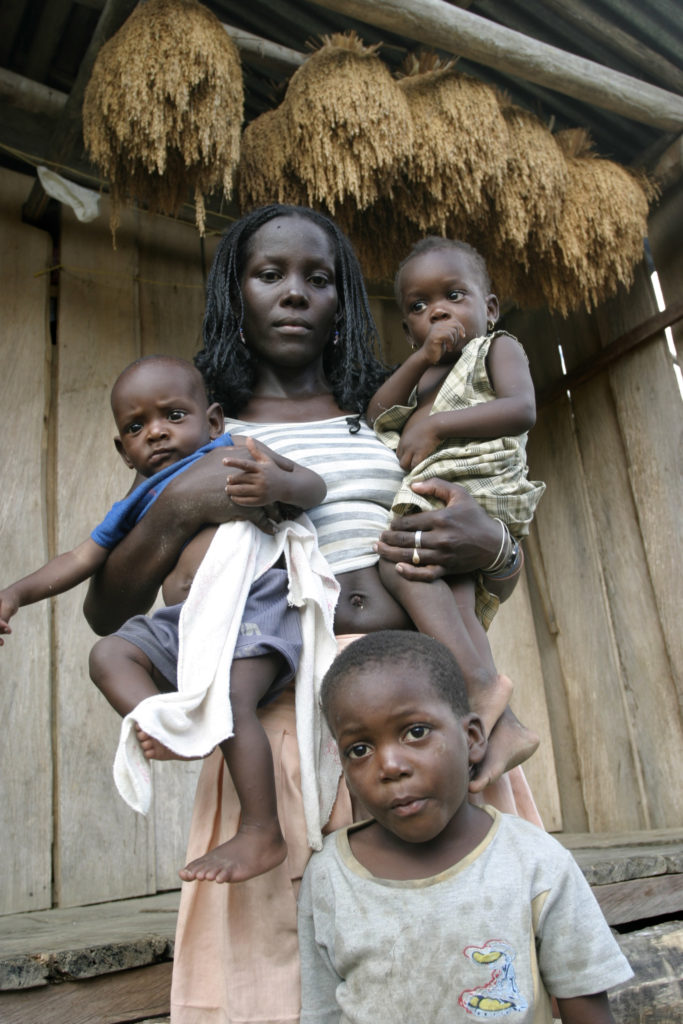The Resistance Community of Jijuamiando has decided to stay on their land rather than leave for the cities.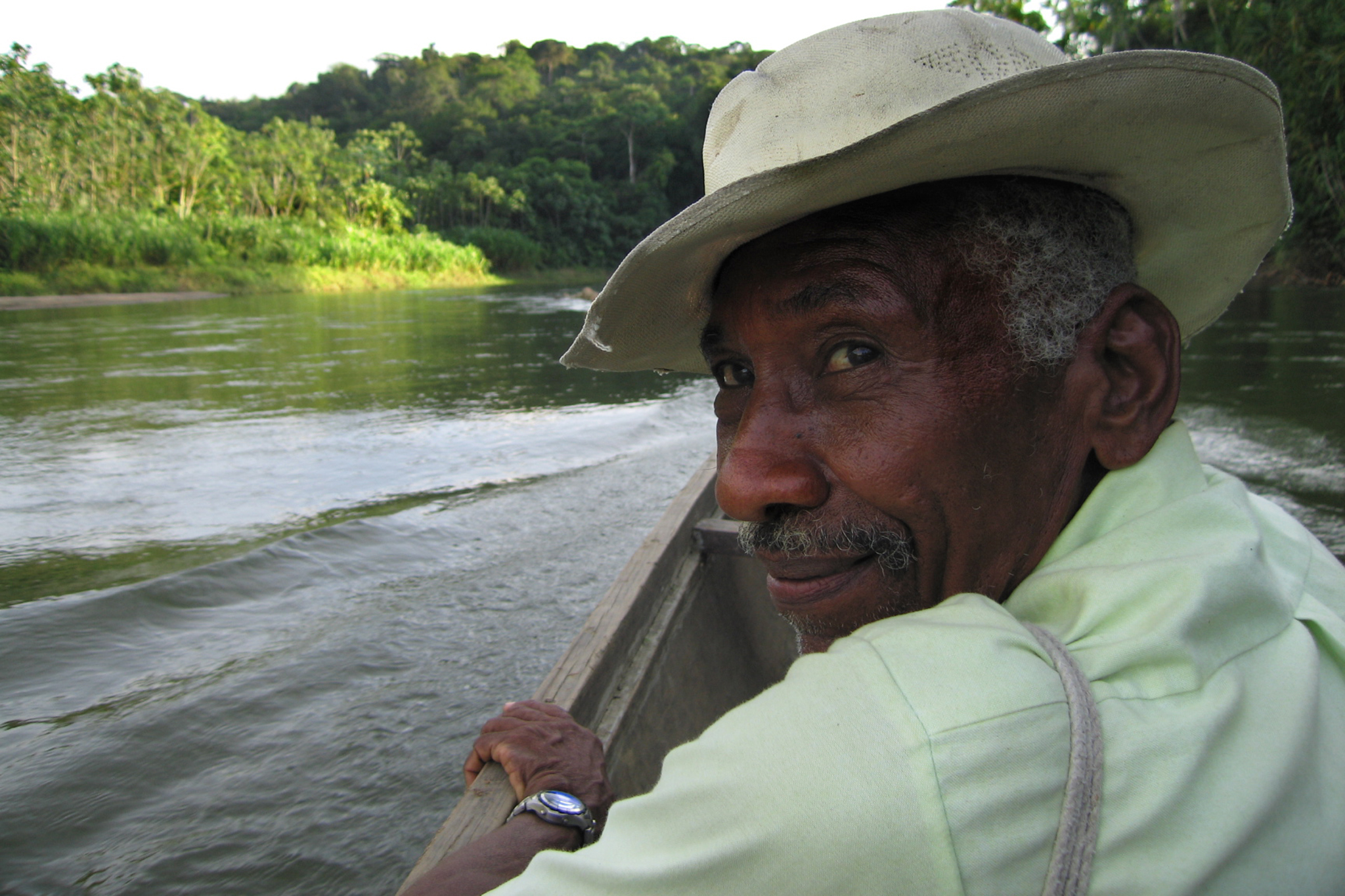
The north-western region of Colombia where the Jijuamiando community is located is largely populated by Afro Colombians. Many of these communities are descendants of the first run away slave communities known as Palenques. In Colombia African descendants make up 25-30% of the population (11-13 million). Most Afro-Colombians live in the coastal areas of the national geography, where the largest slave plantations once existed.
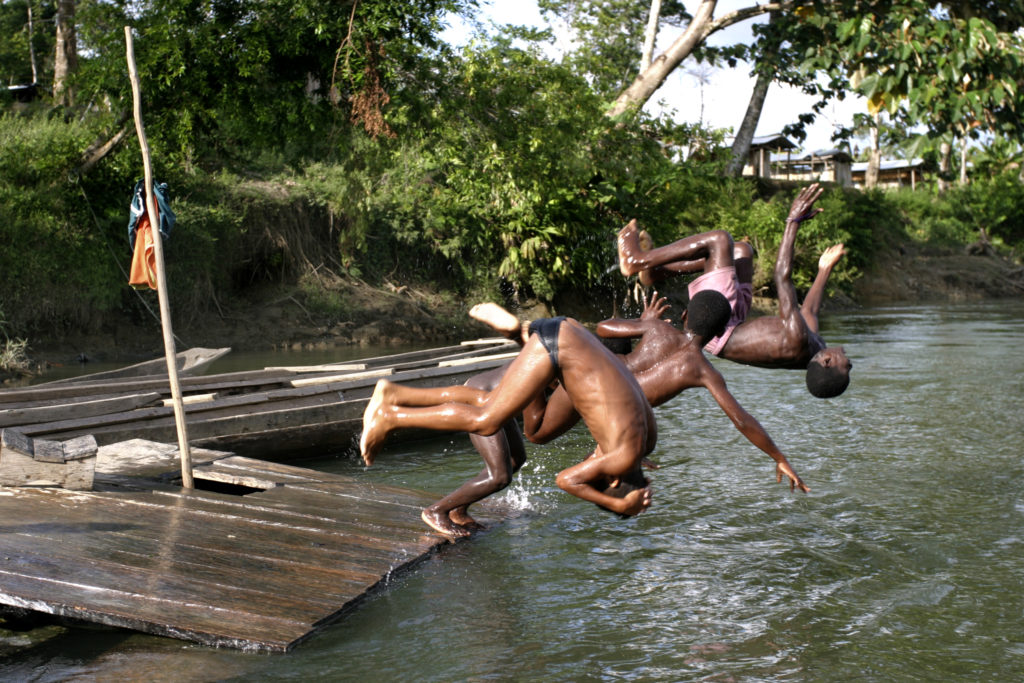 Before the violence began to take place in the late 90’s, the communities of Jijuamiando produce gold, wood, and ‘platano’ to sell. Due to the ongoing civil war the community no longer takes out much wood, ‘platano,’ and don’t extract any gold. Goods produced just for communities consumption include rice, yucca, fish, variety of fruits, and small farm animals. What ever was sold outside of the community was used to buy cooking oil, salt, sugar, clothing and other products for the home.
Before the violence began to take place in the late 90’s, the communities of Jijuamiando produce gold, wood, and ‘platano’ to sell. Due to the ongoing civil war the community no longer takes out much wood, ‘platano,’ and don’t extract any gold. Goods produced just for communities consumption include rice, yucca, fish, variety of fruits, and small farm animals. What ever was sold outside of the community was used to buy cooking oil, salt, sugar, clothing and other products for the home.
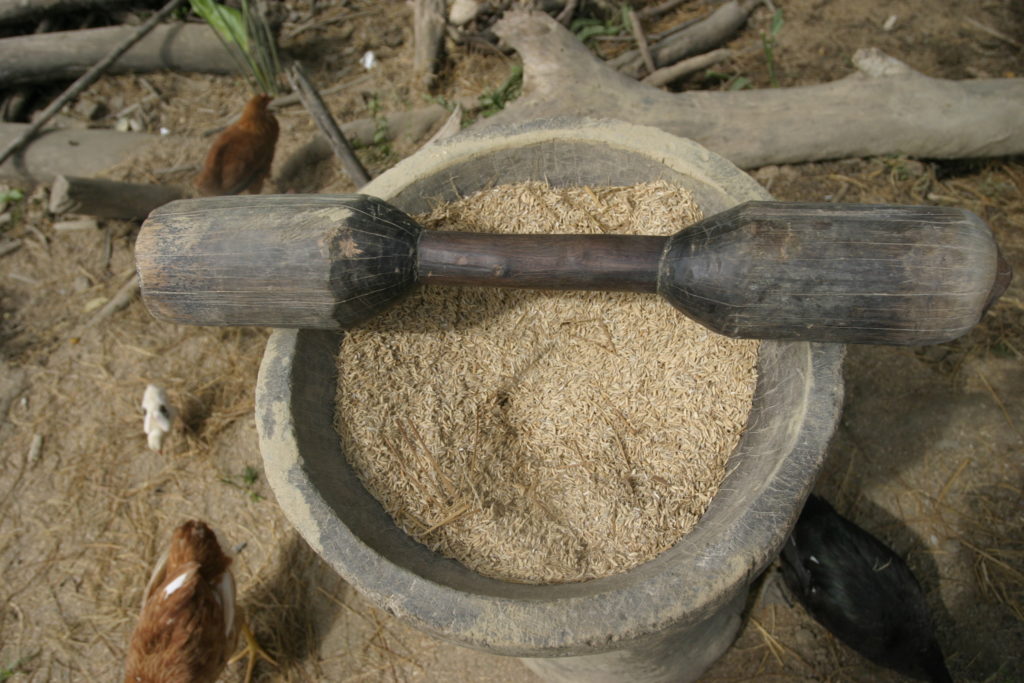
In 1997, the Colombian military arrived in this community and demanded the seizure of the communities land. The military demanded that the community leave within 8 days or the ‘mocha cabezas’ [paramilitary death squads] would come to make sure the community would be violently displaced. The community, the legal owners of the land for hundreds of years, decided to stay on the land. Eight days later the deathsquads entered the community and massacred dozens of people.
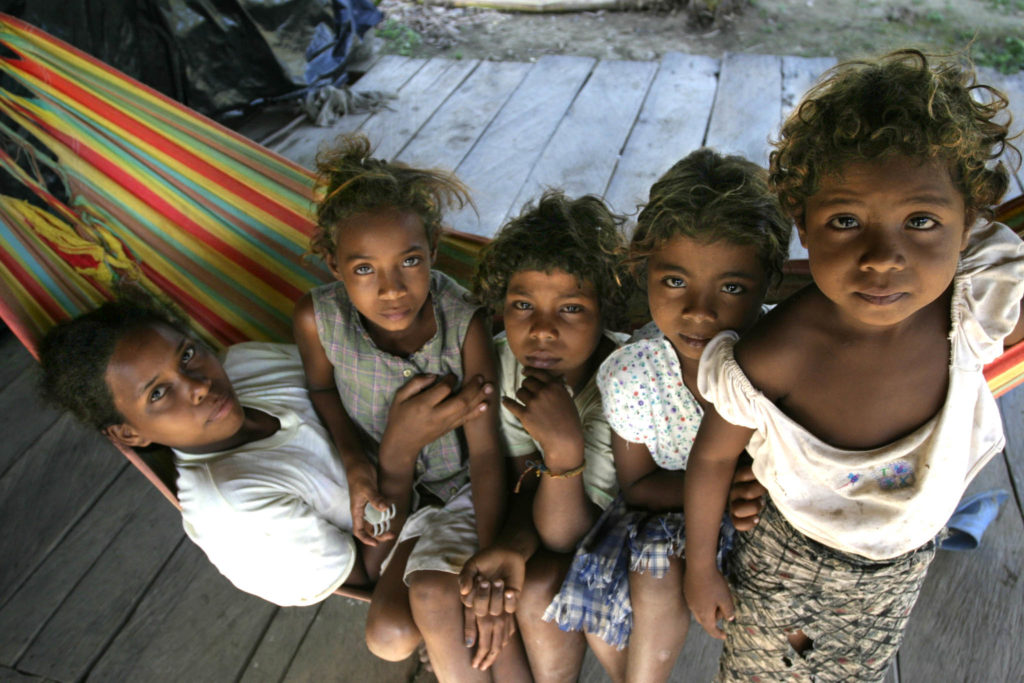
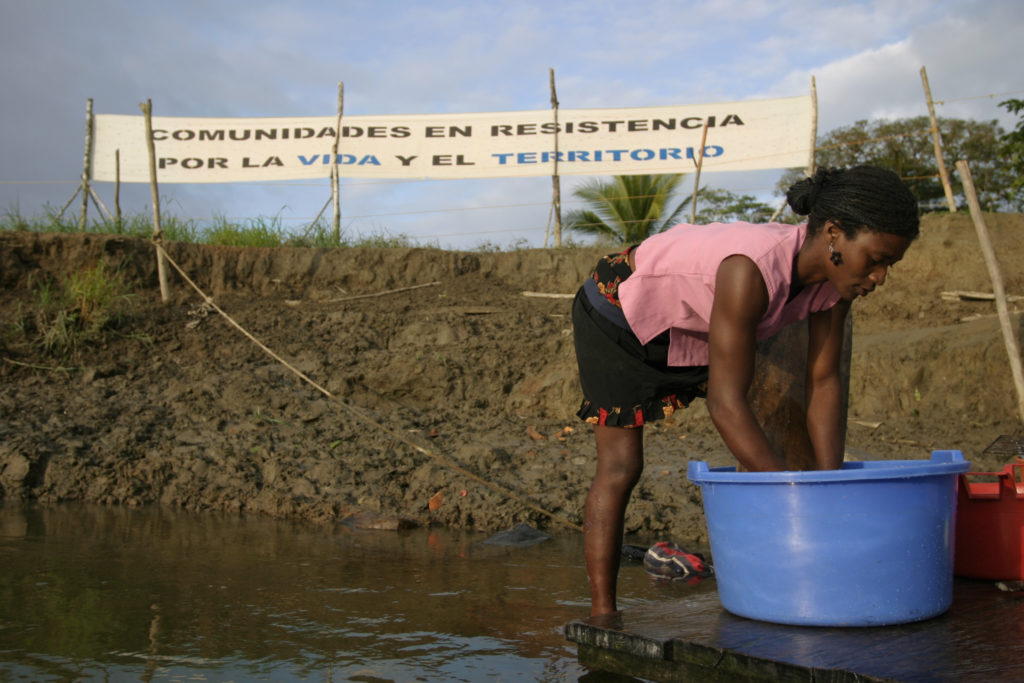
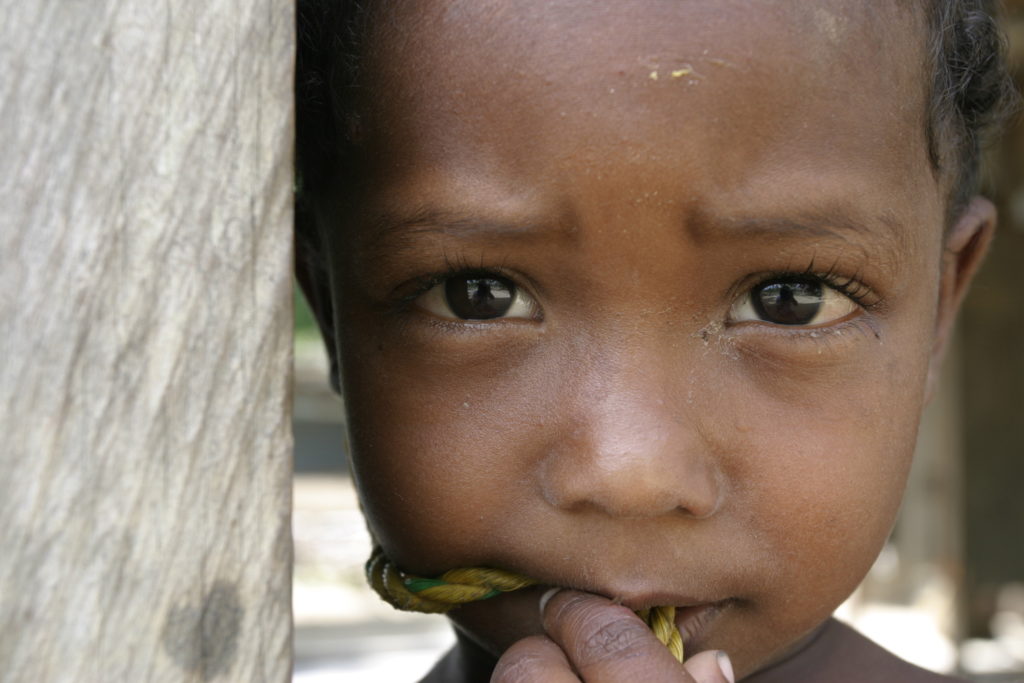
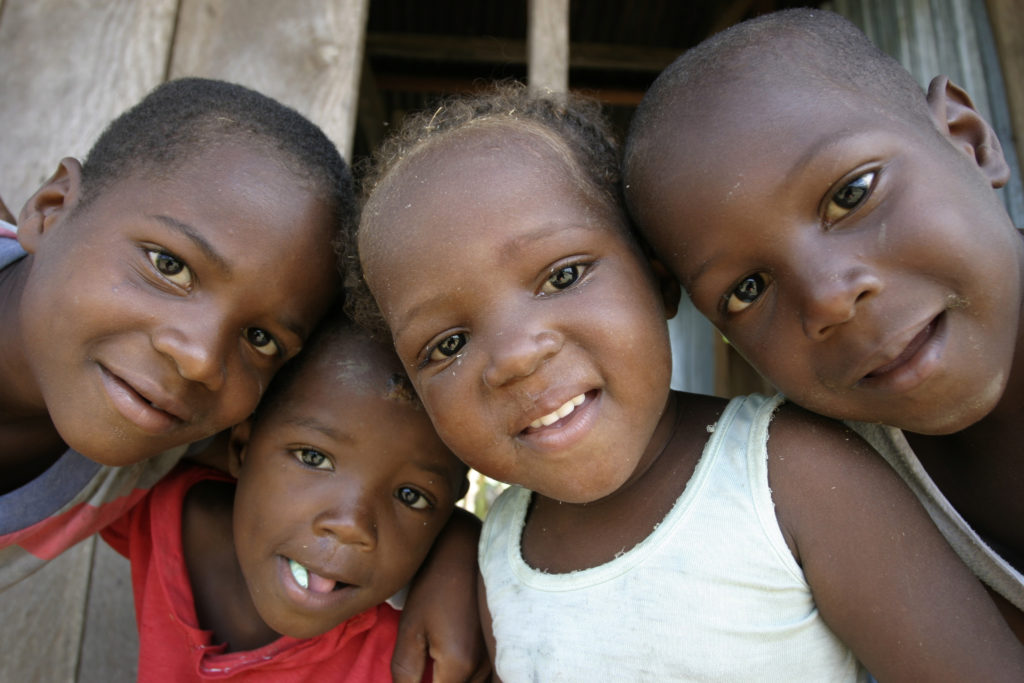
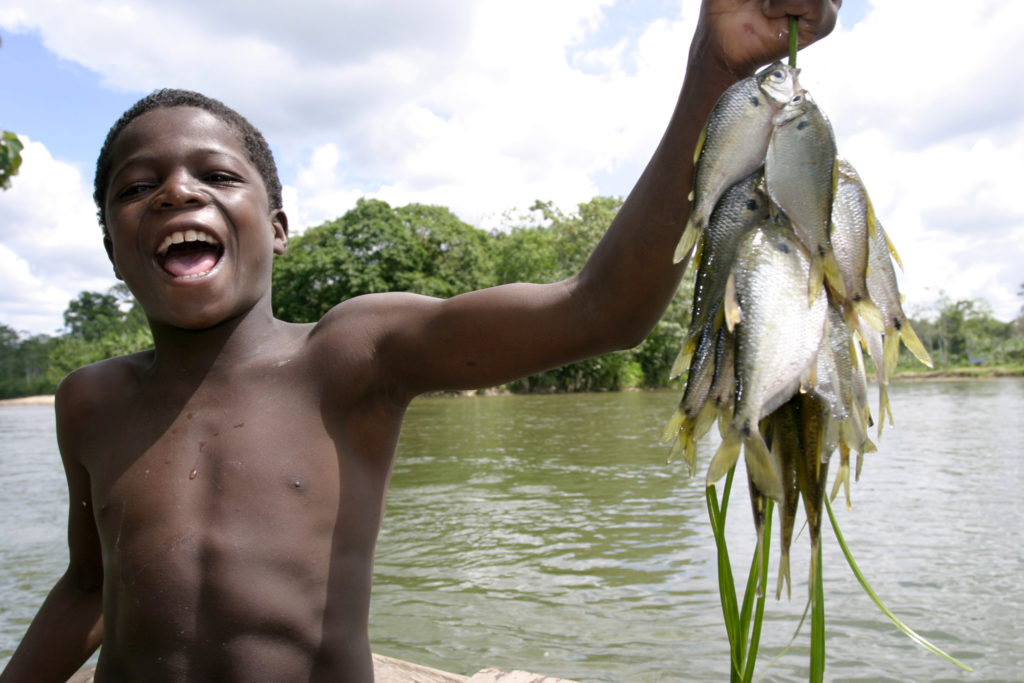
While displaced the community began to feel the affects of a different type of misery: hunger, disease, and ‘social-cleansings’ were now their new found assassins. After two years of harsh conditions the majority of the community decided that they were worse off living as a displaced community and that their only choice for survival was going back to their land. In 1999 they came together and mobilized their return. But less than a year after their return the military and paramilitary came back with their campaign of fear. This time to ensure the displacement the paramilitaries burnt the homes, schools, and medical centers to the ground.
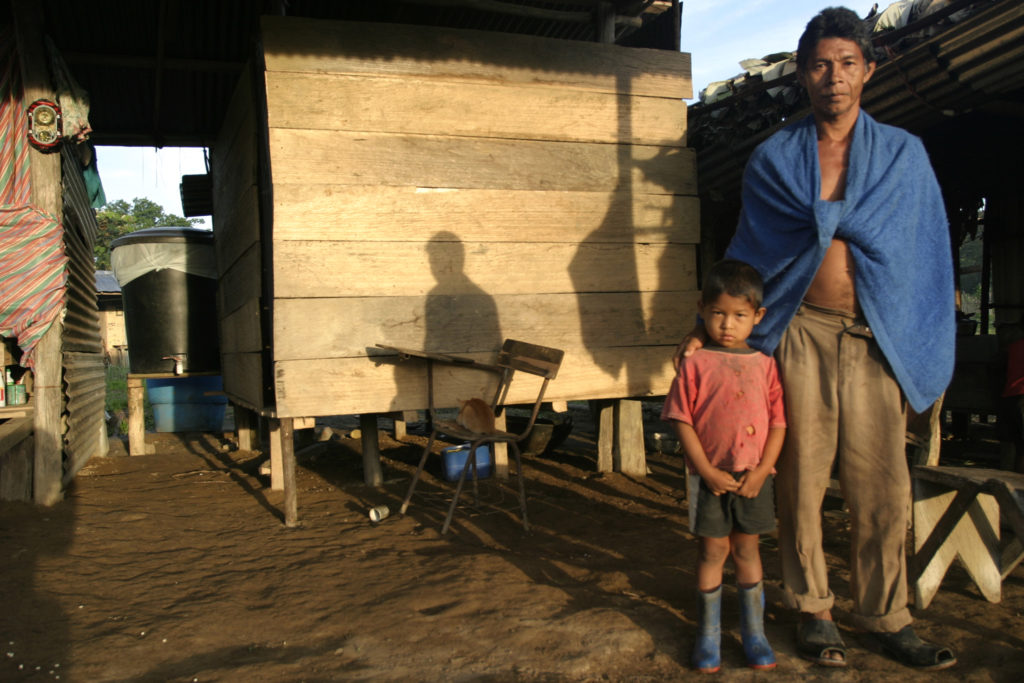 The north-western region of Colombia is very strategic for the production of cash crops, a second canal, and the continuation of the Pan-American highway. Agriculturally the region has been producing bananas, planton, rice, and cacao for many decades. Today the African-Palm is starting to take importance as one of the main cash crops. Aside from the development of agriculture there is lots of gold and other minerals that the region is rich with. The two main Mega-Projects (a canal and a highway) have also caused tension within the area. Both of the projects would cause a large amount of displacement.
The north-western region of Colombia is very strategic for the production of cash crops, a second canal, and the continuation of the Pan-American highway. Agriculturally the region has been producing bananas, planton, rice, and cacao for many decades. Today the African-Palm is starting to take importance as one of the main cash crops. Aside from the development of agriculture there is lots of gold and other minerals that the region is rich with. The two main Mega-Projects (a canal and a highway) have also caused tension within the area. Both of the projects would cause a large amount of displacement.
